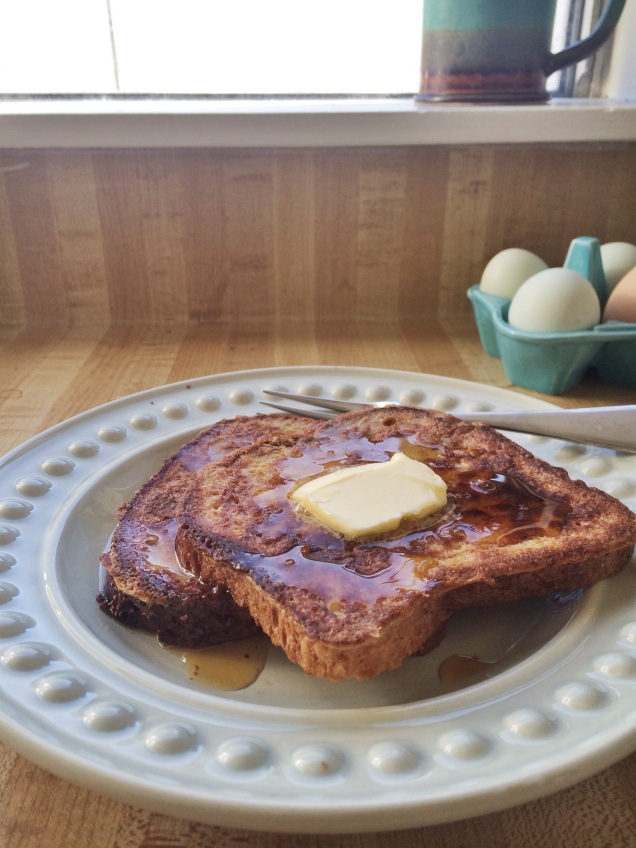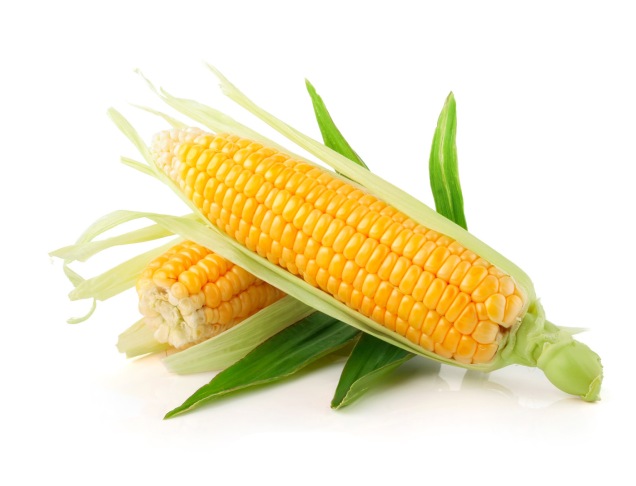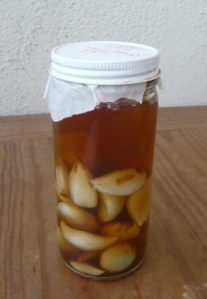Nate will be 10 years old in less than 2 months (!), and he is doing very well. He does well in school, has good friends at church, has several interests, and is a responsible boy. While we continue with our wholesome nutrition and natural medicine lifestyle, we still want to do all we can to help him have the tools he needs to succeed. So last year, he began going to a once-a-week social skills class, and it has been fantastic. What is interesting is that this type of class is almost nowhere to be found for kids Nate’s age! There are therapy offerings all over the place for young children, but what about when those young children do well and “graduate”? There is almost nothing for them when their “quirks” start standing out among their peers.
At 5 years old, Nate was considered “recovered” from autism and no longer qualified for a diagnosis. He was doing great! But it didn’t mean he was a different child; he was still Nate and still had his quirks. He loved touching babies’ hair; he would often talk about topics he wanted to talk about and never thought to ask questions or seek to understand others’ feelings; he was extremely literal and precise (“Teacher, you said we would be going outside at 10:00, but it is 10:01.”); he had a constant desire to be first (in line, through the door, etc.). But other 5 year olds never noticed those quirky behaviors or at least didn’t think anything of them. Fast forward 3 or 4 years, and those quirks started standing out. Eight-, nine-, and ten-year-old kids notice a lot more and, while they’re exploring their own identities, they begin to point out differences they see in others. Those kids who were quirkily cute at 5 years old are now annoyingly different at 9. To make matters worse, dealing with slight ridicule and letting things roll off one’s back and navigating “playground politics” are tools that especially don’t come naturally to kids like Nate. It’s a vicious cycle!–because kids who lash back at and respond poorly to slight ridicule are often the ones who begin being more-than-slightly ridiculed.
So while our “recovered” kids are often extremely smart and do well academically–and therefore are not deemed to need any assistance–there is a great need for social helps in middle and later elementary school. And the need for this type of service will only increase, as more and more 2- and 3-year-old boys and girls are being diagnosed on the spectrum.
At the center we go to (http://www.kellymckinnonassociates.com/), classes are filled with 4 to 6 close-in-age peers, and they work on lots of things in one hour! Here are some things Nate’s class has worked on or works on every week:
– impulse control
– how to work as a group on things like choosing and playing a game
– sportsmanship
– talking about the difference between “laughing at” and “laughing with”
– remembering to ask questions and listen to others’ responses
– what types of topics are good for 9- and 10-year-old boys to have conversations about (besides just Minecraft)
– therapist takes video of the kids talking with each other and then goes over the video to point out good things and areas for improvement (usually interrupting and not listening)
– how to greet each other (no hugs)
– what to do if you feel like crying at school (and talking about how they’re now too old to do that)
This is not “play-based therapy” where the kids don’t know why they’re there and think they’re just playing. This is a social skills class where Nate knows he goes to learn “how to be a better friend and make friends.” The therapists get the most out of each hour in training, reminding, and helping the kids–which I appreciate. We have been thankful for these classes and have seen improvement in Nate’s interactions at school!






